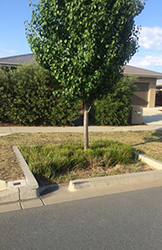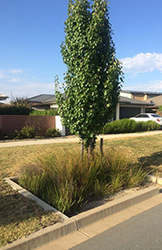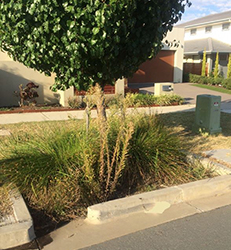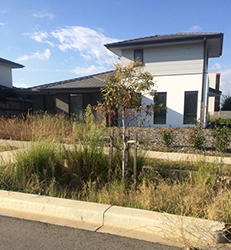Rain gardens
A rain garden is a bio-retention basin installed on an urban street. It is a water sensitive urban design measure to improve water quality downstream. The rain garden helps to filter storm water before it enters larger basins such as lakes and ponds. Rain gardens rely on bio-filtration processes to reduce stormwater pollutants.
Well-maintained rain gardens
Look after your rain garden and make sure it is working well by:
- hand pulling weeds without use of chemicals,
- clearing debris such as litter, grass clippings and organic materials.
This will allow stormwater to be filtered as it passes through the soil profile.
The photos below show well-maintained rain gardens. Rain gardens should have good vegetation, and both weeds and leaf litter removed.


Poorly maintained rained gardens
The photos below show poorly maintained rain gardens overrun by weeds and leaf litter.
Lawn clippings in the garden have resulted in a decline in native vegetation and the introduction of weeds. Lawn clippings also slow the rate at which water passes through the soil.







